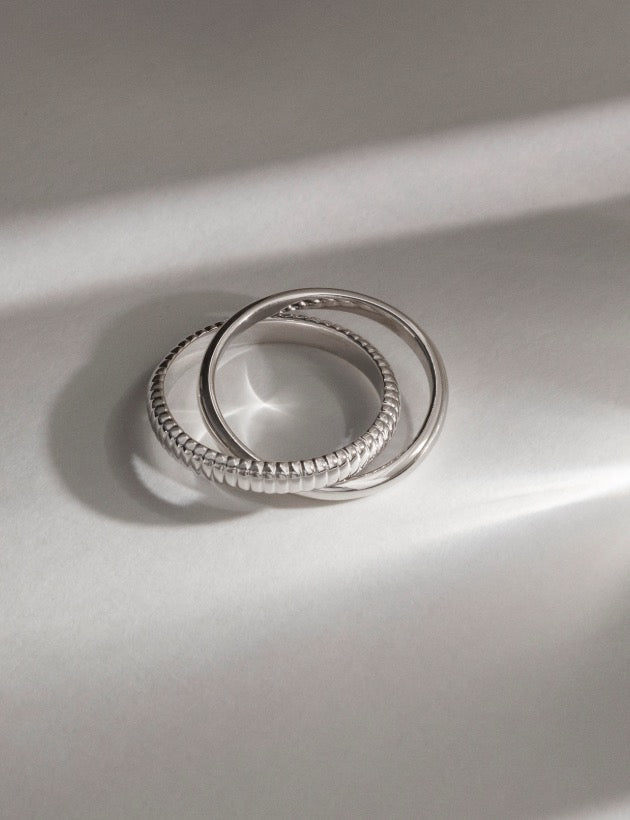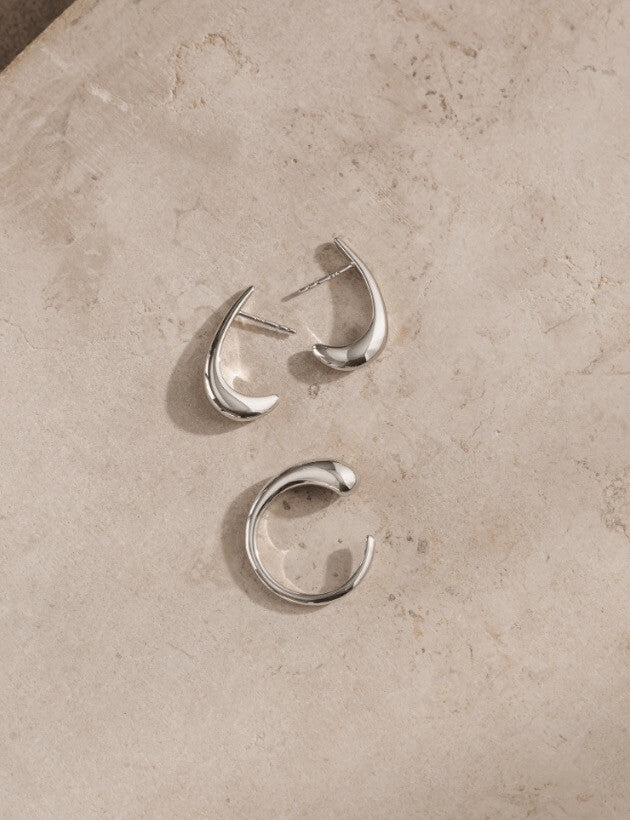The 4Cs are the global standard for evaluating the quality of diamonds, whether lab-grown or mined. Chemically and physically identical, both are assessed using these four factors: cut, color, clarity, and carat. Together, the 4Cs determine a diamond’s brilliance, how it reflects light, and its overall quality. Understanding the 4Cs ensures you’ll find the perfect diamond and feel confident in its value.
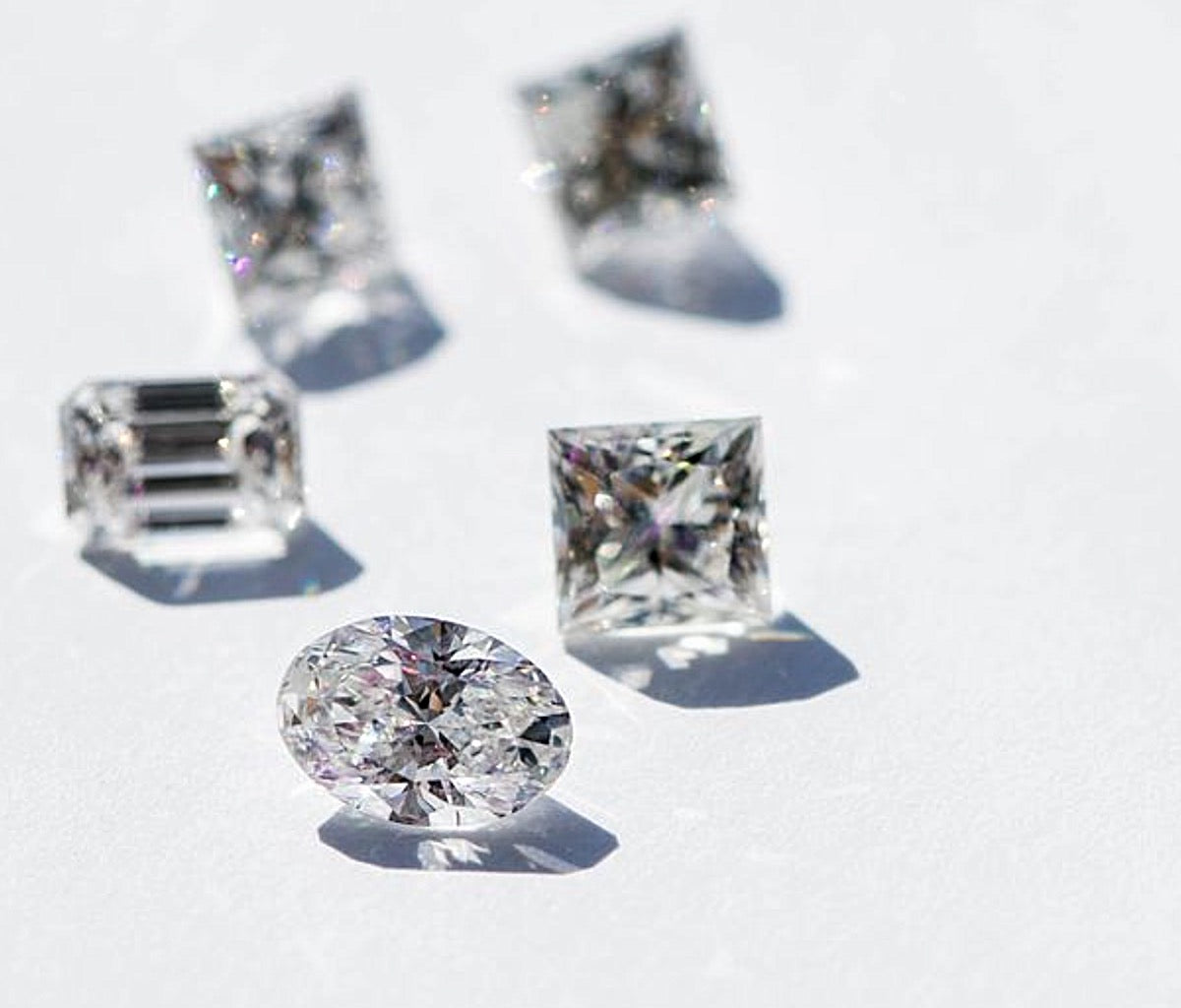
What is cut?
The first C is cut. The most important thing to remember about a diamond’s cut is that it is not the same thing as its shape. The cut refers to how well a diamond’s facets are arranged, which directly affects its brilliance and how it reflects light. It’s often considered the most important of the 4Cs because it determines how bright, sparkly, and reflective a diamond will be. A well-cut diamond enhances its ability to reflect and refract light, making it more brilliant.
Diamond cutters follow an established set of proportions and angles to optimise a diamond’s inner brilliance. Three key factors influence how well a diamond reflects light: the table size, width, and depth. The relationship between the table and depth impacts how light returns, while the correct width ensures light hits the ideal refraction angle.
The aim is to ensure that light entering the diamond exit back through the top, balancing white light (brilliance) with flashes of colorful fire. Even a slight misalignment can cause light to escape through the bottom, reducing the diamond's sparkle.
A diamond’s cut is graded on a ten-point scale ranging from Poor to Ideal. At Lemore we prioritize cut above all else in our diamonds, so they all will fall in the Very good to Excellent range – or better.
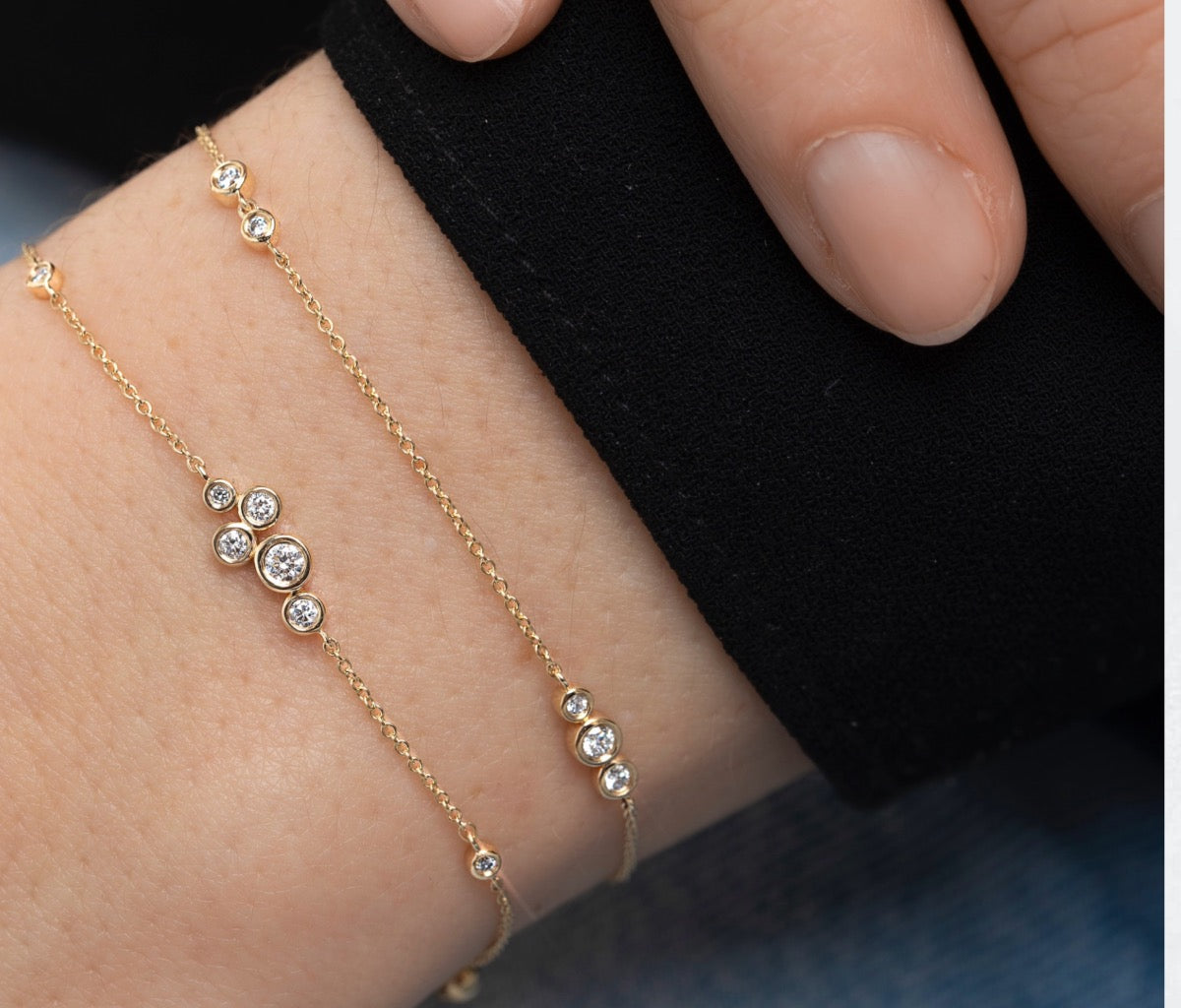
What is colour?
The second most important of the 4Cs, color, is a reference to the absence of color in a diamond. The more colorless a diamond is, the more valuable it becomes. While diamonds can range in color from colorless to yellow, the rarest and most valuable diamonds are those without any tint. When light enters a clear and colourless stone — it passes through easily, resulting in more fire and more brilliance.
It’s actually incredibly rare to find a diamond that’s completely colorless. Diamonds with lower color grades can have a yellowish tint rather than the bright white sparkle many desire, though diamonds can naturally occur in a range of colors like pink, yellow, and green. The color grading scale starts at D, which represents colorless diamonds, and continues through the alphabet. Diamonds rated D to J are considered colorless to near-colorless, while diamonds beyond J start to show faint yellow tones. Lab grown diamonds can share the same colour flaws as mined, as the mining process is replicated in a laboratory the same way.
Color impacts a diamond’s overall appearance. Lemore only offers colorless and near colorless sustainably created diamonds ranging from D-J on the color scale. At this level, color differences are difficult to detect unless compared side-by-side.
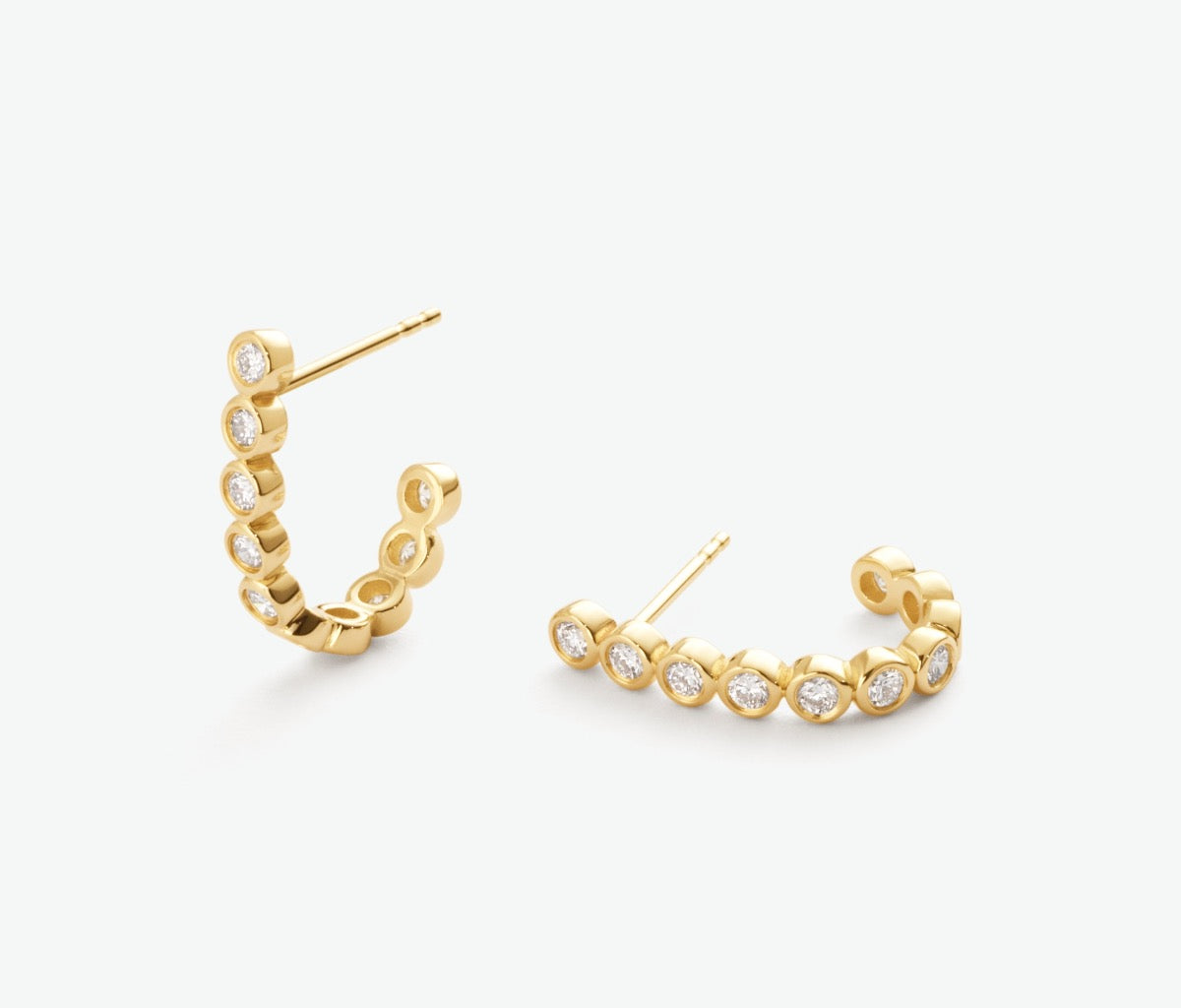
What is clarity?
A diamond’s clarity refers to the visual purity of a diamond. Purity is determined by the number and size of imperfections or inclusions within a stone. These imperfections are natural and unique to each diamond, formed during its growth process.
No diamond is entirely pure. Whether lab grown or mined, tiny characteristics can form inside or on the surface of the diamond during its growth. Gemologists examine these internal and surface features under 10x magnification to evaluate the diamond’s clarity. When grading clarity, they consider five factors: the size and number of imperfections, their location within the diamond, how they affect its durability, and how visible they are compared to the rest of the stone.
There are eleven clarity grades, ranging from Flawless (FL) to Included (I3). At Lemore, our gemstones are with high clarity grades of VS2 or clearer — which means each stone are without any eye-visible inclusions to deliver maximum brilliance.
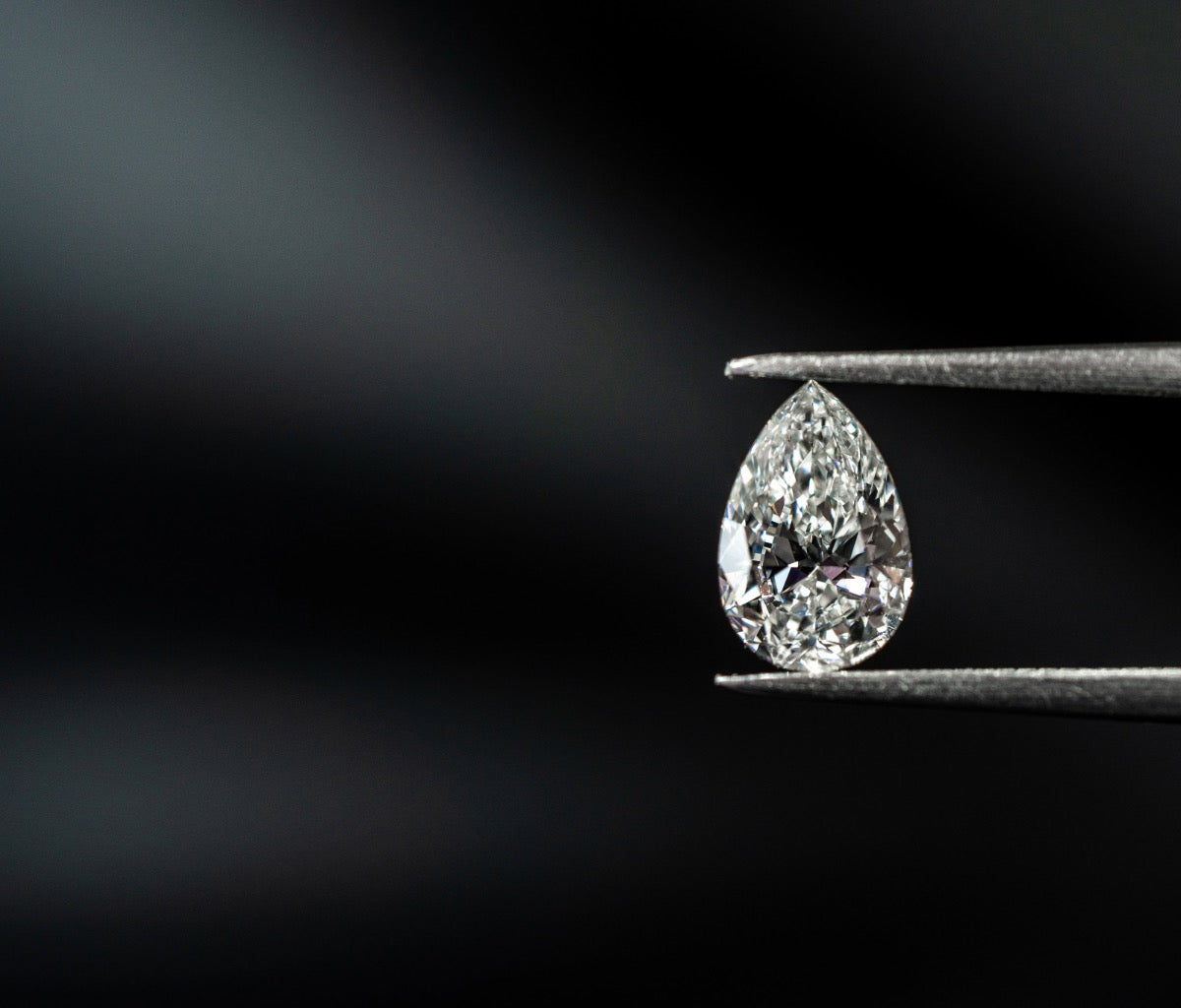
What is carat?
A diamond’s carat refers to its weight, not size. One diamond carat is equal to 0.2 grams — roughly the weight of a paperclip. While carat weight is an objective measurement, a diamond’s cut can impact how large it appears. A well-cut diamond may look bigger than a poorly cut diamond with the same carat weight. For this reason, the size of a gemstone is measured separately to carat, by length and width in millimetres.
Generally, the larger the diamond, the rarer and more valuable it becomes. For mined diamonds, this holds true — extracting just one carat of diamond requires moving roughly 250 tons of earth, making the process both costly and labor-intensive. However, with the rise of lab grown diamonds, it's now possible to create a one-carat diamond in a controlled environment at a fraction of the cost of a mined diamond. This makes lab grown diamonds an affordable and sustainable alternative without compromising on quality.

